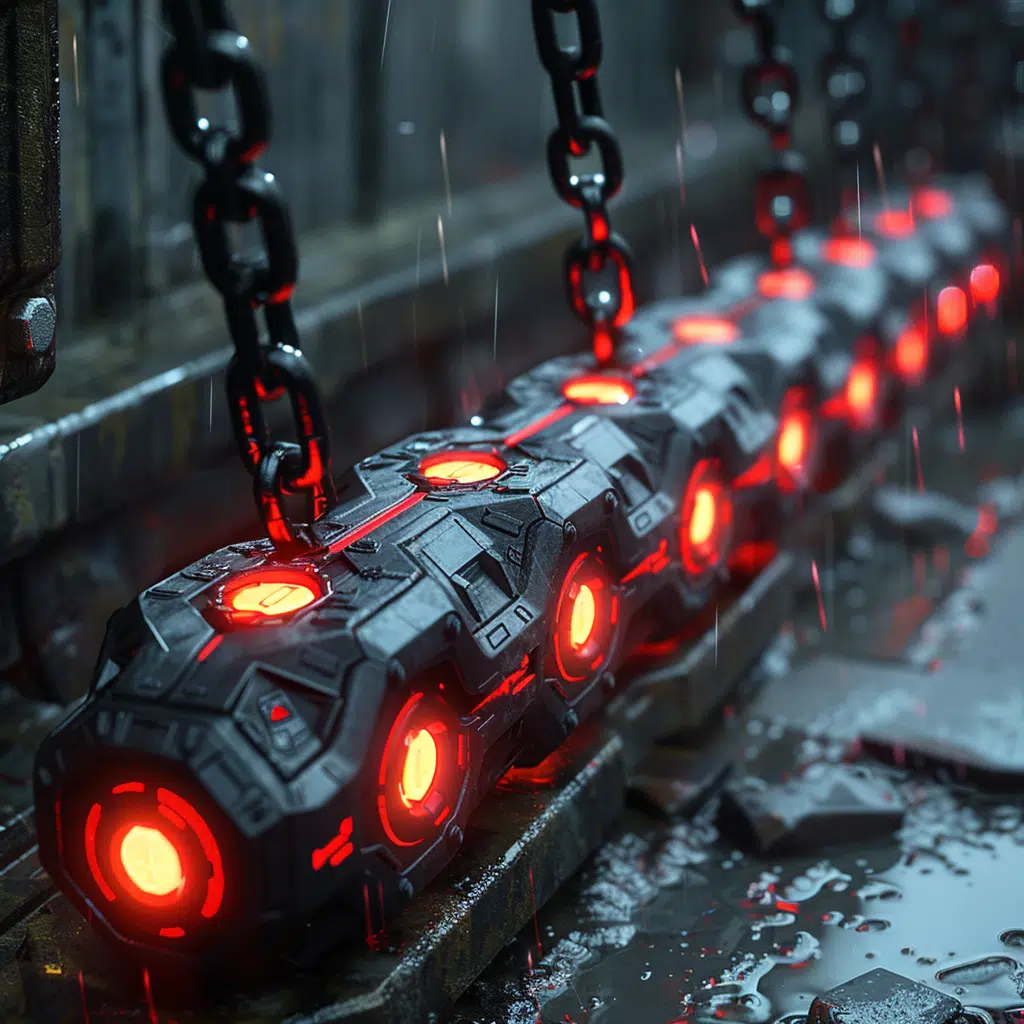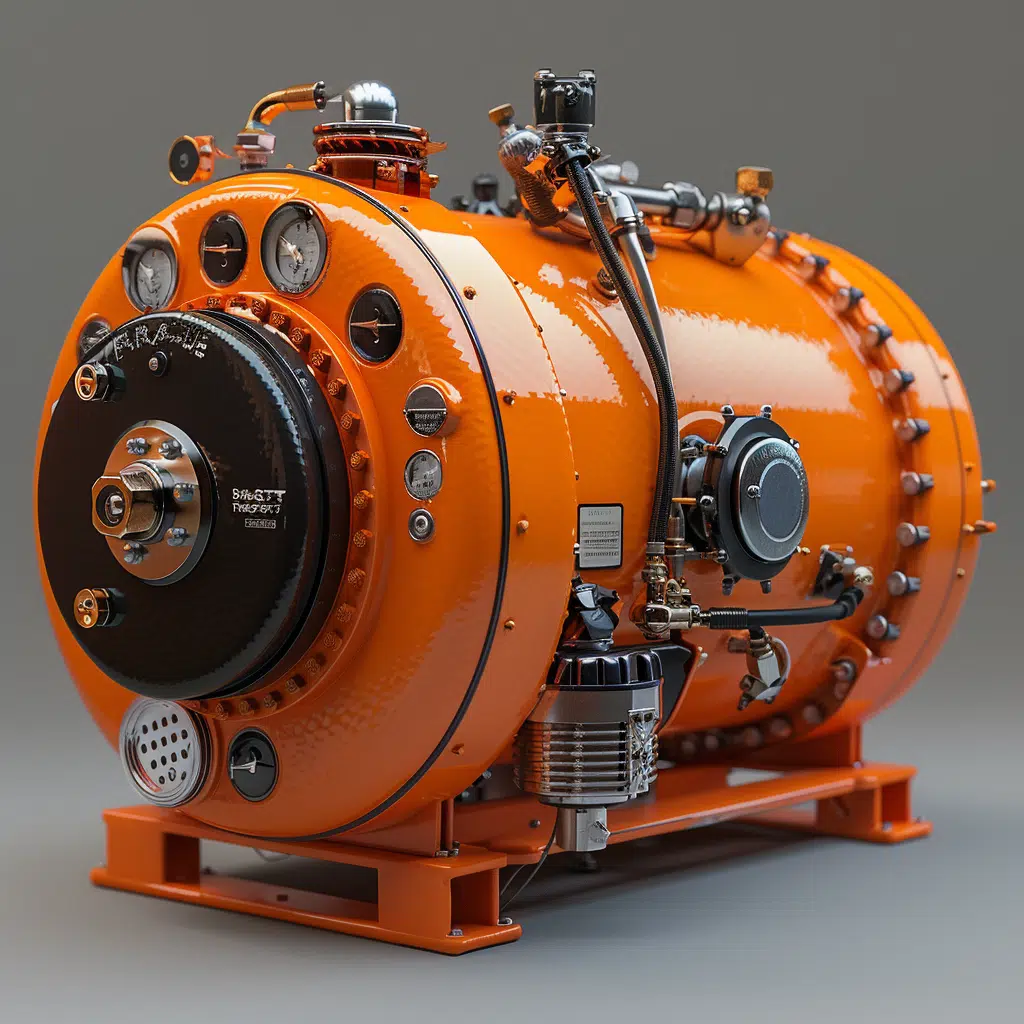Charting the Course: A Close Examination of Attrition-Driven Staff Turnover in 2024
Understanding the Dynamics of Modern Workforce Attrition
If there’s one timeless truth about businesses similar to Aston carter, it’s the constant ebb and flow of the talent pool. The phenomenon of attrition, as fluid and slippery as a wet bar of soap, continues to immerse organizations in its tricky dynamics.
Attrition, the gradual reduction in staff strength, isn’t a new concept. However, in 2024, it took center stage as a significant business operational challenge. This natural, voluntary departure of employees due to personal motivation, professional progression, or job mismatch, transformed into a powerful influence in staff turnover rates.
Here’s the kicker though: Contrary to popular belief, attrition isn’t a sinister phantom haunting workplaces. Like a well-crafted plotline in the joker And Harley Quinn saga, it’s multifaceted, painted in numerous shades rather than stark black and white.
The Rate of Attrition in 2024: An Exclusive Analysis
A fair question lingering on everyone’s mind is, “Just how serious is attrition in 2024?” Well, think of attrition as the tax most companies must pay – similar to 1040 schedule a you wouldn’t comprehend the nuances until you dive deeper.
However, thus far we know this – the rate of attrition in 2024 is a critical force to consider. Not just an operational roadblock, it has transformed into an integral element of staff turnover rates.
Pursuing the Connection: How Attrition Impacts Turnover Rates
“Pursue the connection,” as analyst jason Whitlock often stresses, the relation between attrition and turnover rates is critical. It follows the logic of a chain reaction – a rise in attrition levels inevitably causes a jump in employee train-outs, further jolting your turnover rates.
Here’s a scenario that might sound familiar: A company increases its hiring, but the rate of attrition also rises. Over time, more employees leave than are hired. Does this pattern mimic attrition in the company you’re acquainted with? It’s an inevitable trend companies must reckon with to manage staff turnover effectively.
An Unvarnished Look at Current Attrition Trends: Employee Departures and Business Impact
Technological Influence: How the Digital Era Shapes Attrition
The digital era brings monumental shifts in the world of work. Working models have morphed so drastically it’s like comparing classic songs of george Richey to modern pop music. The transition to digital has not only altered how we work, but it also significantly influences attrition levels.
Studies point towards an increasing trend of digital nomadism, linked to higher attrition rates. As technological innovations flourish, so does workforce mobility, often leading to high job-hopping rates and thus, high attrition.
Employee Engagement Vs. Attrition: A Delicate Balancing Act
Here’s the real deal: a trades-off act is ongoing between employee engagement and attrition. Essentially, the higher the employee engagement, the lower attrition you can anticipate. As straightforward as this concept may appear, getting this balance right is a constant struggle for organizations in 2024.
Venturing Beyond Numbers: The Indirect Consequences of High Attrition
High attrition is not just an issue of numbers – it has far-reaching consequences that are often overlooked. High attrition leads to operational hiccups, increased rehiring and training costs, and can impact the morale of remaining staff.
It’s like a domino effect that, if left unchecked, can topple the robustness of a company. So, while numbers provide a tangible measure, it’s the non-tangible effects that could potentially carry the most significant impact.
| Employee Attrition | |
|---|---|
| Definition | Attrition refers to the gradual reduction in employee numbers within a company over a certain period. This occurs when employees resign, retire, or move away and are not replaced at the same rate. |
| Cause | Attrition can be due to a variety of factors such as personal reasons, professional motivations, job mismatches, or retirement. |
| Effects | High attrition rates can lead to a decrease in the size, strength, and productivity of a workforce. It can also lead to a significant cost in terms of time and resources. |
| Example | As an example of attrition, in a study where five waves of data collection is undertaken, more participants drop out at each wave post the initial survey, leading to a smaller sample size with each collection round. This drop in participant numbers is known as attrition. |
| Measurement | Attrition rate can be measured by comparing the number of employees at the beginning of a period to the number of employees at the end of the same period. |
| Mitigation | Companies can mitigate attrition by creating an engaging work environment, offering competitive compensation packages, and effectively managing and communicating with their employees. |
An Expert-Led Dialogue on the Predictability of Attrition-Based Turnover
An Expert View: Can Attrition Really Predict Staff Turnover?
To fully understand how attrition impacts turnover, it helps to gain expert insight on the subject. Experts echo the sentiment that indeed, monitoring attrition can give businesses a predictive edge in managing its staff turnover.
However, it also begs the question of how accuracy can be achieved in forecasting attrition-driven turnover, which brings us to the next crucial topic: Searching for new strategies.
Bridging the Attrition-Forecasting Gap: A Search for New Strategies
As we dissect the bridge between attrition and turnover, a conundrum emerges. While attrition and turnover may be linked, the relationship isn’t always linear. So, to accurately forecast staff turnover based on attrition levels, innovative strategies are the need of the hour.
Telemetry of the Workforce: Predictive Analytics for Attrition
In the age of Big Data, predictive analytics is the name of the game in managing attrition more effectively. Organizations are resorting to new, data-driven techniques to measure, track, and predict attrition and its impact on organizational performance.
Predictive analytics provides businesses with quantifiable forecasts, enabling them to make informed decisions and strategic reforms to manage attrition and control turnover.
Case Studies: Illuminating the Realities of Attrition in Today’s Workplace
The Corporate Giant: How Multinational Companies Battle Attrition
Even the most robust companies face serious attrition issues. Multinational giants typically have extensive mechanisms in place to manage attrition, but despite this, high attrition continues to be a hurdle. The reasons, however, vary from company size, market positioning, organizational culture, to employee engagement strategies. Each aspect plays a varying role, contributing to the broader attrition puzzle in these organizations.
The Scrappy Start-up: Attrition Challenges and Successes in Smaller Companies
On the other end of the spectrum, start-ups experience attrition too, albeit with different flavors. Smaller companies, with their flexible structures and more connected work culture, might seem to provide an ideal environment for low attrition. However, they too grapple with employee churn, especially due to reasons related to job security, career progression, and instability.
The Remote Revolution: Dissecting Distance Work’s Influence on Attrition
The unprecedented shift to remote work models has added a unique perspective on attrition matters. The flexibility promised by remote work comes with a trade-off. It contributes to greater employee mobility, thus potentially increasing attrition.
However, for some organizations, remote work has proven effective in curbing attrition rates. Thus, the remote work effect appears to be a double-edged sword, cutting different ways for different organizations.
Forging Forward: Innovations and Measures to Reduce Attrition in 2024 and Beyond
Harnessing Technology: AI’s Role in Reducing Attrition
Artificial Intelligence (AI) is revolutionizing the approach towards attrition. AI-powered tools, bringing unprecedented accuracy to prediction models, aid in effectively managing attrition and thereby controlling staff turnover.
Automated systems can monitor employee engagement, analyze attrition patterns, and even pre-empt potential cases of turnover due to attrition. Incorporating AI is proving to be a game-changer for many businesses.
The Current Landscape of Employee Retention Efforts
Delving into the landscape of employee retention, most companies acknowledge that lower attrition leads to healthier staff retention. Increasingly, organizations are trying to crack the code to employee loyalty with innovative engagement strategies, competitive benefits, and appealing workspace cultures.
Futuristic Outlook: The Potential of Changing Workforce in Minimizing Attrition
Spotlighting the potential of the future workforce, a mixed reality of automation, gig economy, and robotics, it’s apparent changes are on the horizon. With these changes will come new patterns of attrition. Anticipating these trends proactively, businesses can devise future-proof strategies to keep attrition modest and manage staff turnover effectively.
The Final Analytics: A Comprehensive Review of 2024 Attrition’s Role in Staff Turnover
As we crack the nut of attrition’s impact on staff turnover in 2024, it’s safe to conclude it forms the crux of workforce management. Beyond numeric implications, attrition profoundly influences the dynamics of the modern workplace.
In summary, attrition’s high-impact role in staff turnover rates necessitates a strategic, future-forward approach. Balancing the needs of a changing workforce and harnessing technology-driven insights, companies can manage attrition and staff turnover more effectively. Importantly, by peeling away the layers, we can understand the dynamics of attrition, transforming it from an intimidating challenge into a constructive tool for workforce enhancement and overall growth.
What is attrition in the workplace?
Oh, ho! Attrition in the workplace, right? It’s the natural process of workers voluntarily vacating their jobs and the organization filling those positions with new recruits. If you think about it, it’s kinda like your office is a revolving door!
What did attrition mean?
Hey, ever wonder, what did attrition mean in the olden days? Well, it’s not far from today’s meaning. It’s originally a military term referring to the gradual reduction of forces in a war through casualties, desertion, or other reasons. So, it’s like an army losing its soldiers bit by bit, see?
What is HR employee attrition?
HR Employee attrition – now there’s a buzzword! It’s merely the rate at which employees leave a company. If you spot a high attrition rate, it’s like a red flag indicating employee dissatisfaction, I tell ya.
What is an example of attrition?
An example of attrition, you ask? Well, imagine you run a company with 100 employees. If 10 employees retire or quit, that’s a 10% attrition rate. Simple as pie, yeah?
Does attrition mean quit?
Ah, does attrition mean quit? Yeah mate, kinda! But remember it’s not always about quitting or resigning. Retiring or passing away also falls under attrition.
What is 80% attrition mean?
“80% attrition” – sounds high, right? Yep, it means that a whopping 80 out of every 100 employees have left the company for whatever reason. It’s no walk in the park, I promise ya!
Is attrition good or bad?
Now, is attrition good or bad? Hmm, that’s a tough cookie. It entirely depends on the context. While having fresh blood can spark innovative ideas, high attrition can also indicate a problematic work environment. So, it’s a bit of a pickle, truly.
Why attrition is bad for a company?
Why’s attrition bad for a company? Well, high attrition causes instability and disrupts the work flow, mate. Just think about having to train new workers all the time. Plus, it can tarnish the company’s rep!
What is the difference between attrition and resignation?
Contrary to popular belief, attrition and resignation aren’t twins. Nope. The primary difference is that attrition involves employees leaving for all reasons including retiring, resigning, or even passing away, but resignation is just about willingly quitting. So, not the same, are they?
What makes an employee quit attrition?
Now, when an employee quits attributably to attrition, it could be due to any number of reasons. Job dissatisfaction, beefy salary offers elsewhere, poor work-life balance, you name it! It’s rarely ever a one-size-fits-all situation.
What does a 90% attrition rate mean?
A 90% attrition rate? Hold your horses! That’s nearing crisis point; it means 90 out of every 100 employees have left the company. It’s like a ship sinking fast!
What is the root cause of attrition?
Root cause of attrition? Well, a variety of factors, mate. Poor management, lack of opportunities, non-competitive salaries, excessive workload – all the usual suspects. It’s like a game of Clue, y’know?
What does 20% attrition mean?
If a company has a 20% attrition rate, that means it’s losing 20 out of every 100 workers. Not ideal, but certainly not catastrophic. It’s a bit like playing musical chairs, but slower.
What is the opposite of attrition?
Opposite of attrition? Well, that’s what we call retention, sunshine! Instead of letting employees walk away, you’re actually keeping them onboard. Sorta like holding on to your golden geese, right?
What is a good attrition rate?
A good attrition rate is the one that’s in line with industry averages. It’s hard to pinpoint a number because it varies a lot. It’s not like an exact science, y’know?
What does a 90% attrition rate mean?
If you’re seeing a 90% attrition rate again, brace yourself! This means nine out of ten employees are leaving. Like the say, it’s like rats deserting a sinking ship!
Is attrition the same as termination?
Attrition and termination, apples and oranges, mate. Termination involves firing employees, whereas attrition refers to employees voluntarily leaving—a pretty clear difference if you ask me!
What is the difference between attrition and resignation?
The difference between attrition and resignation? Well, we’ve already covered that. But to recap, attrition’s broader, accounting for retirements, passing, and resignations. Resignation is about voluntarily quitting. Think forest vs. a single tree!
Is 20% attrition high?
Is 20% attrition high? Depends on the perspective, mate. It’s higher than what most companies want, but it could be normal in high-stress jobs or fast-paced industries. Remember, context is king!
























